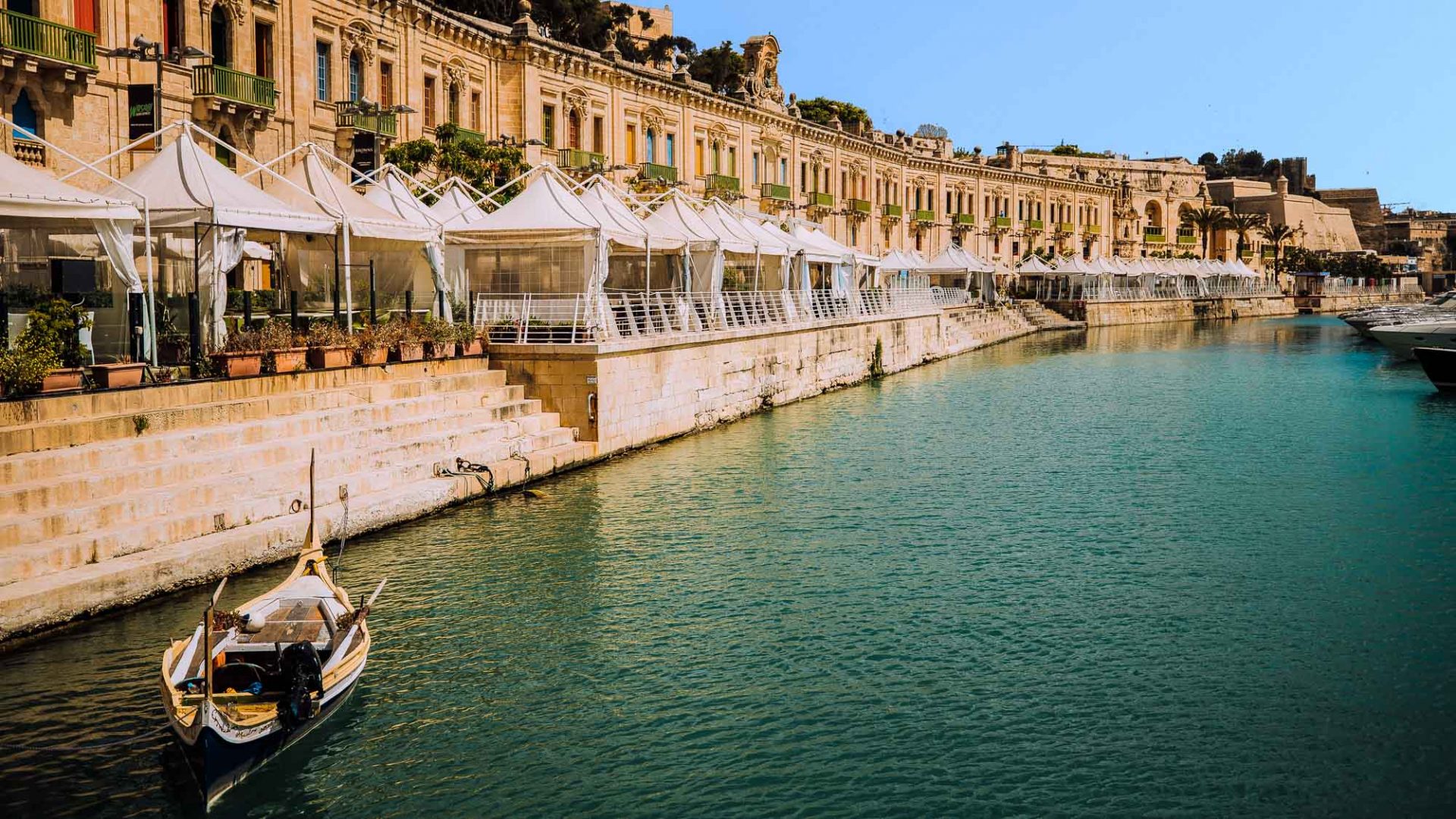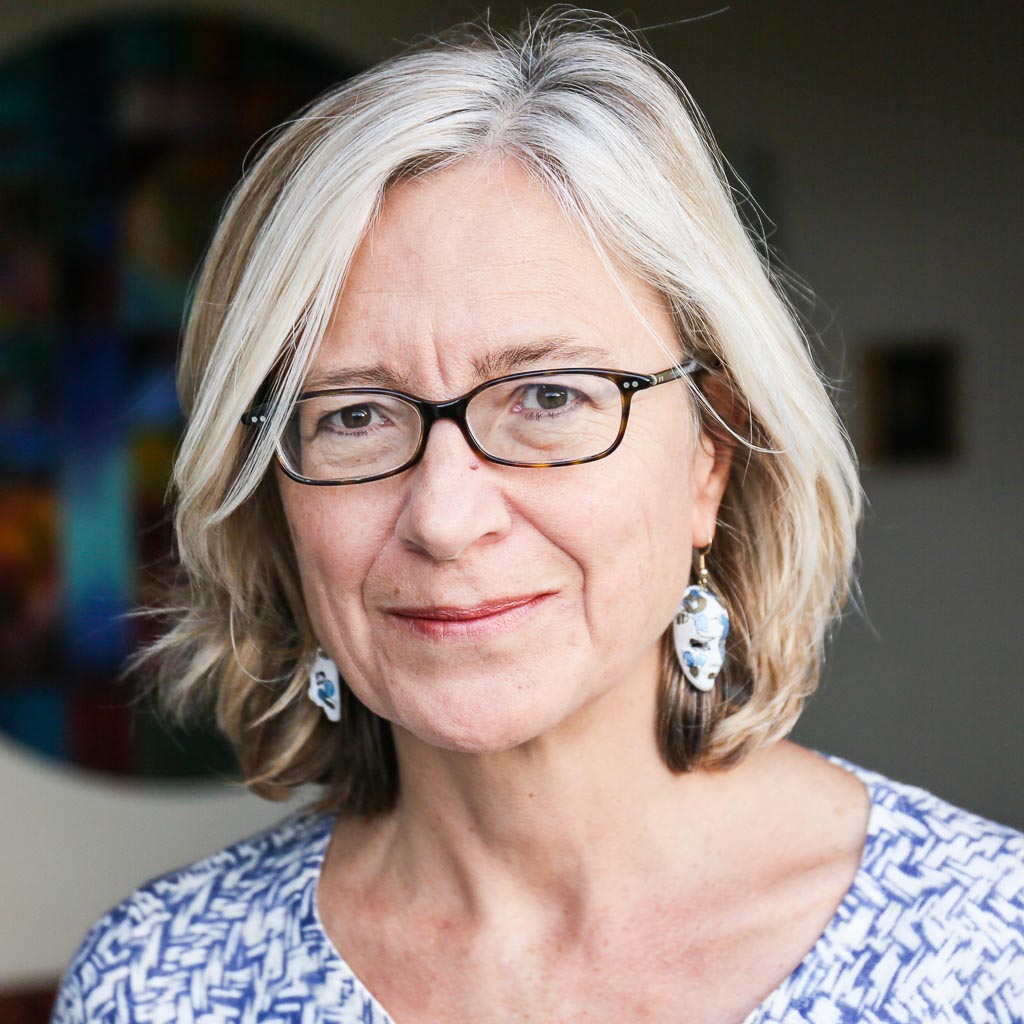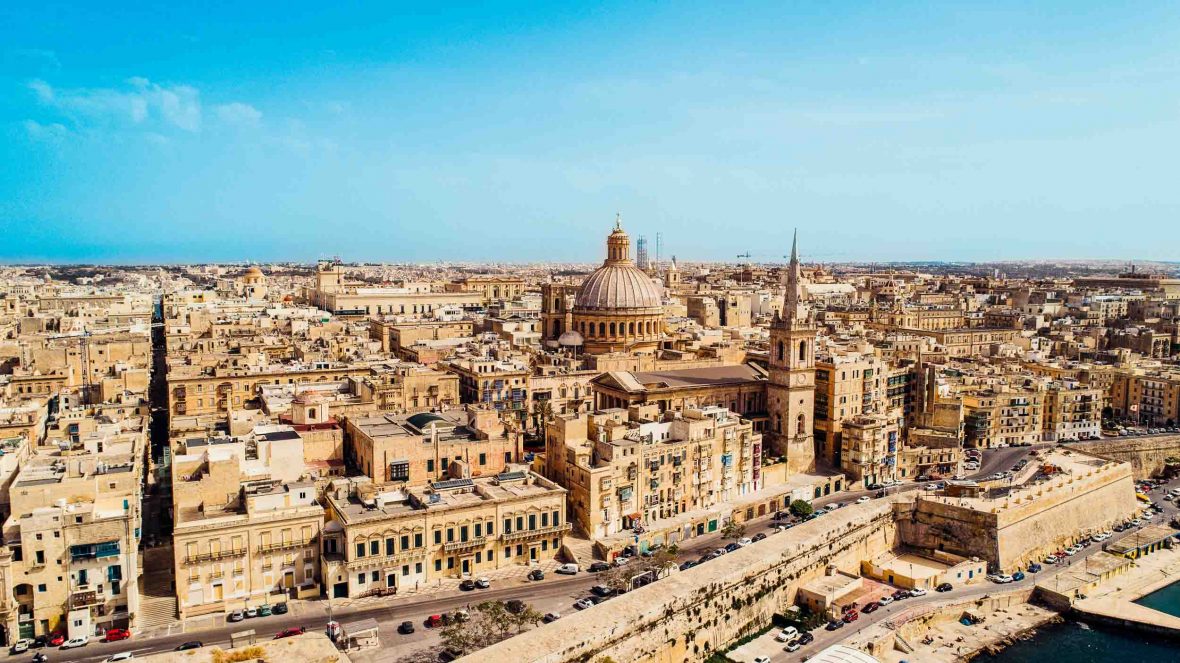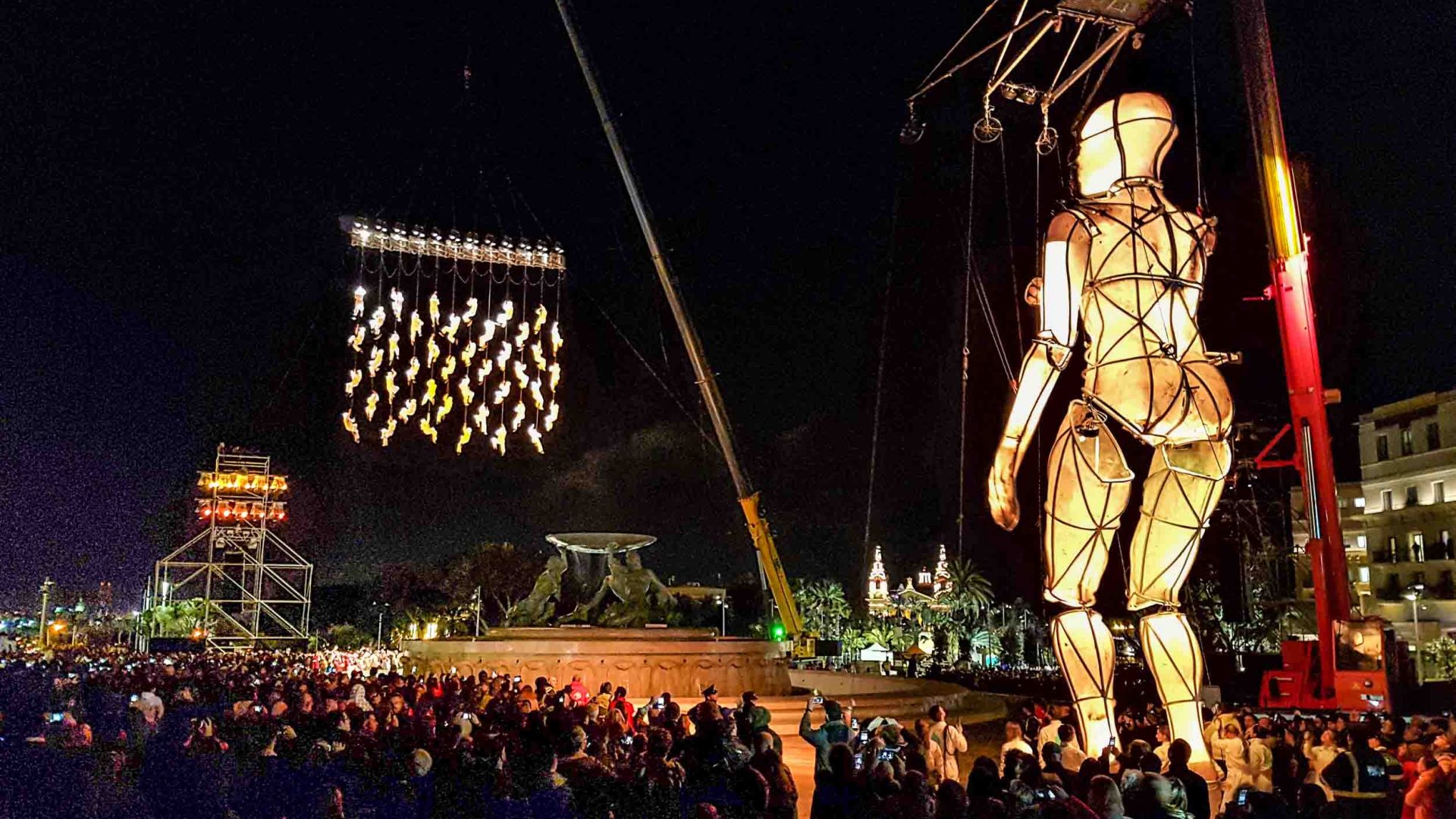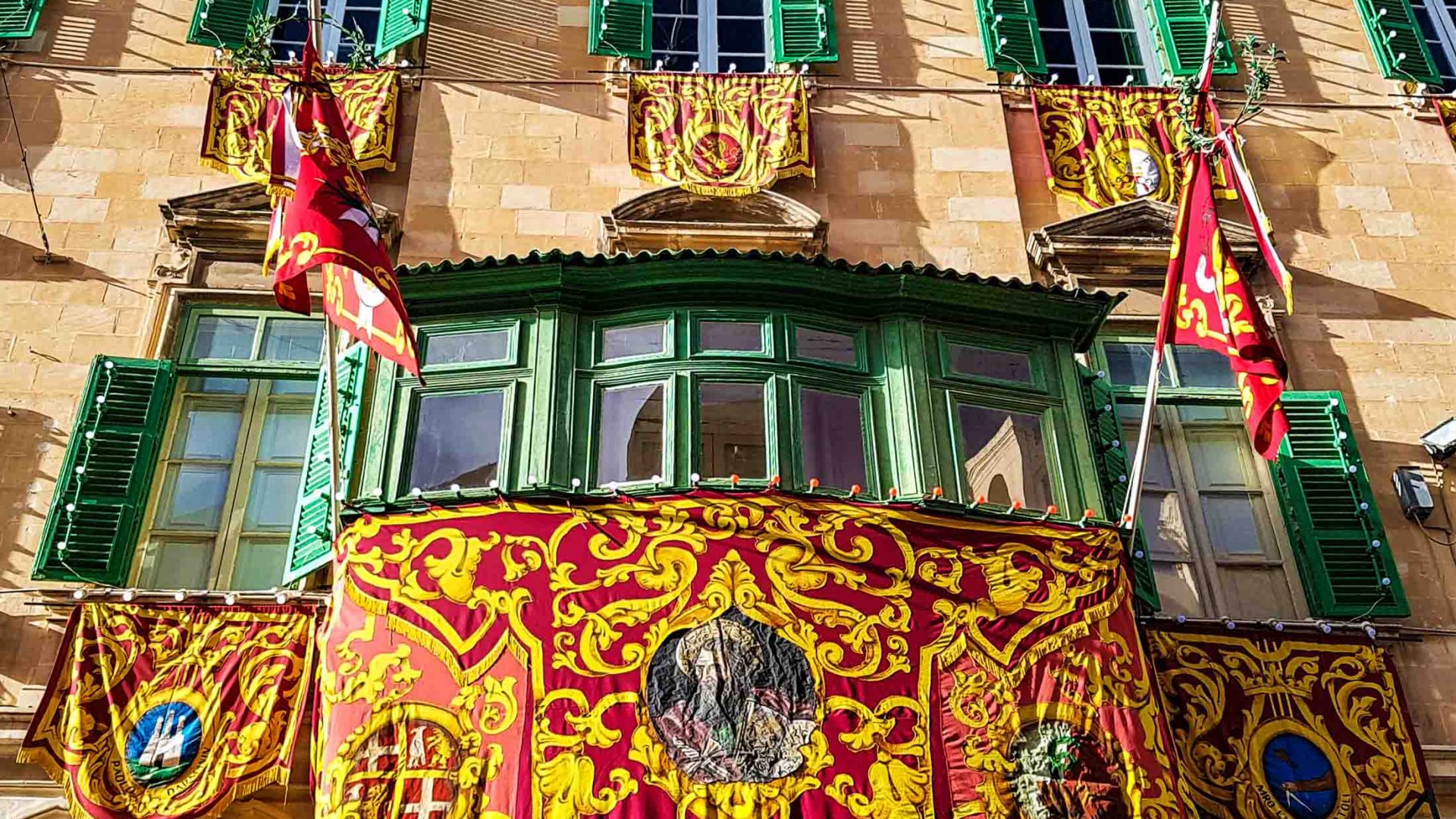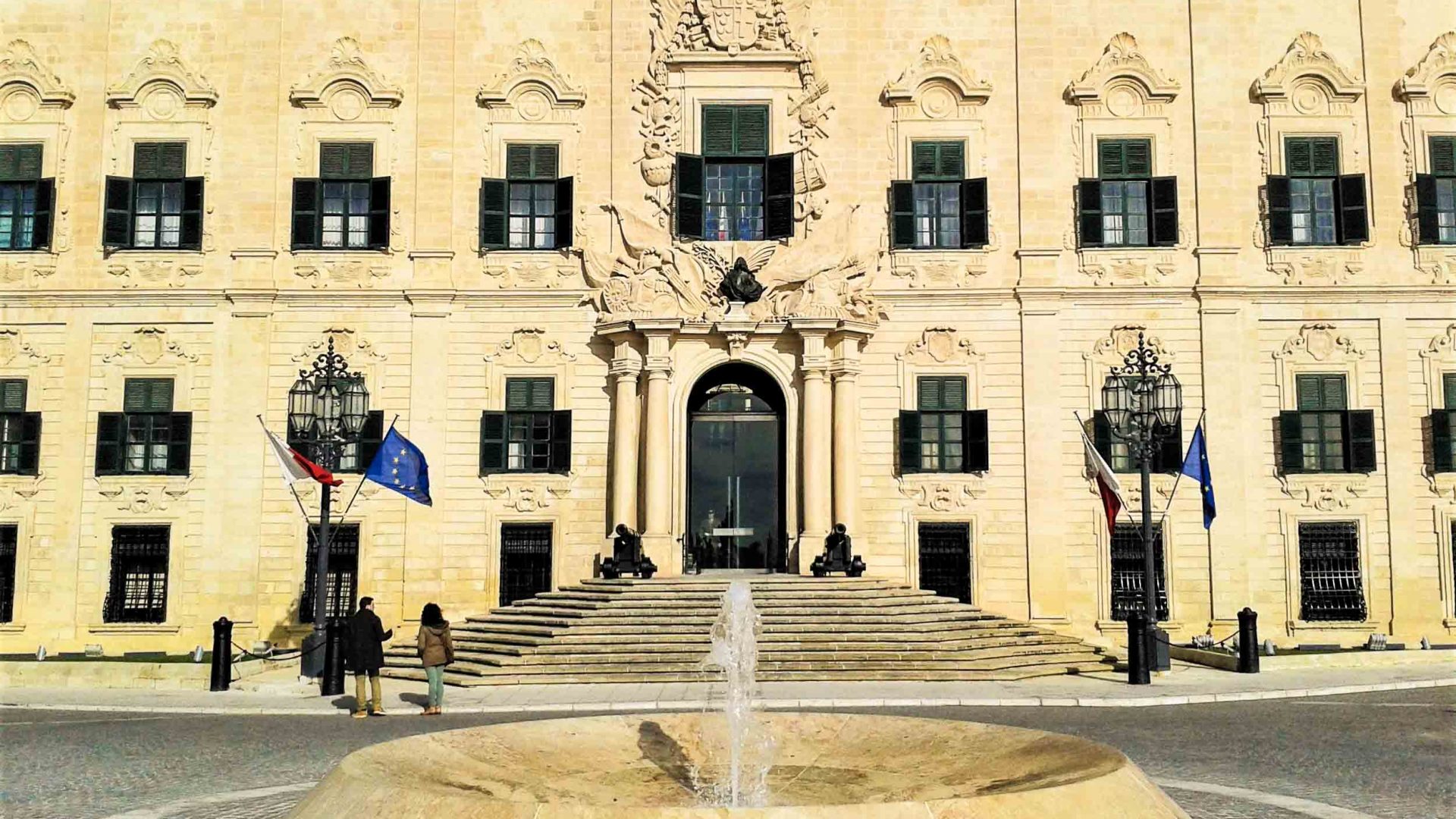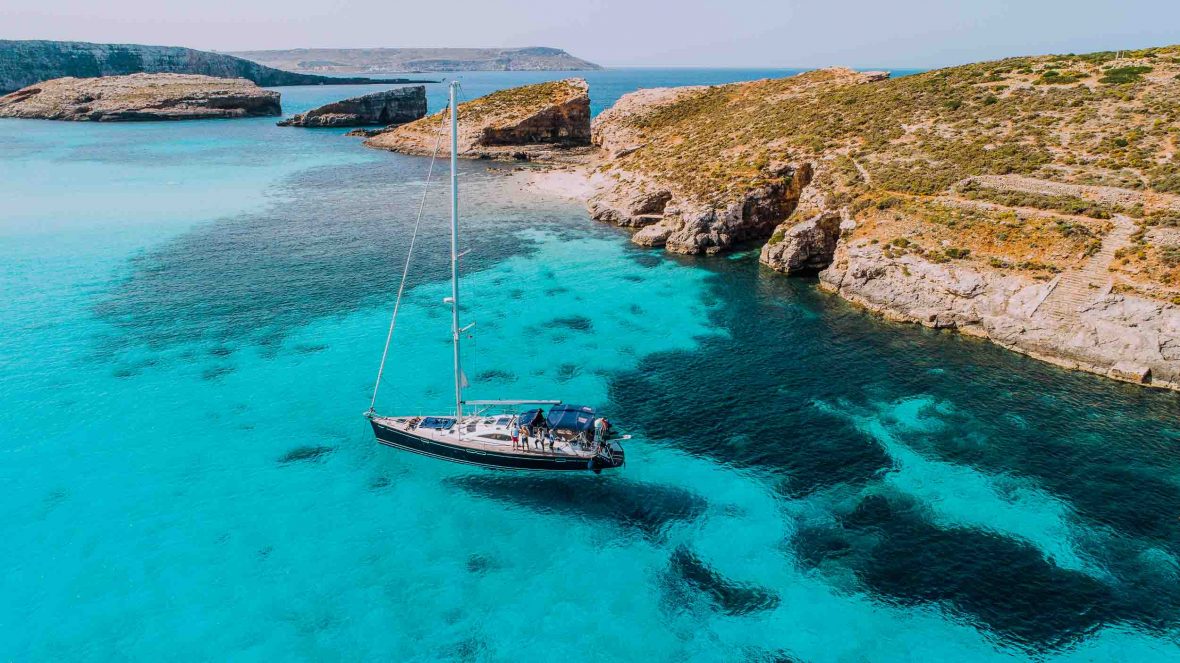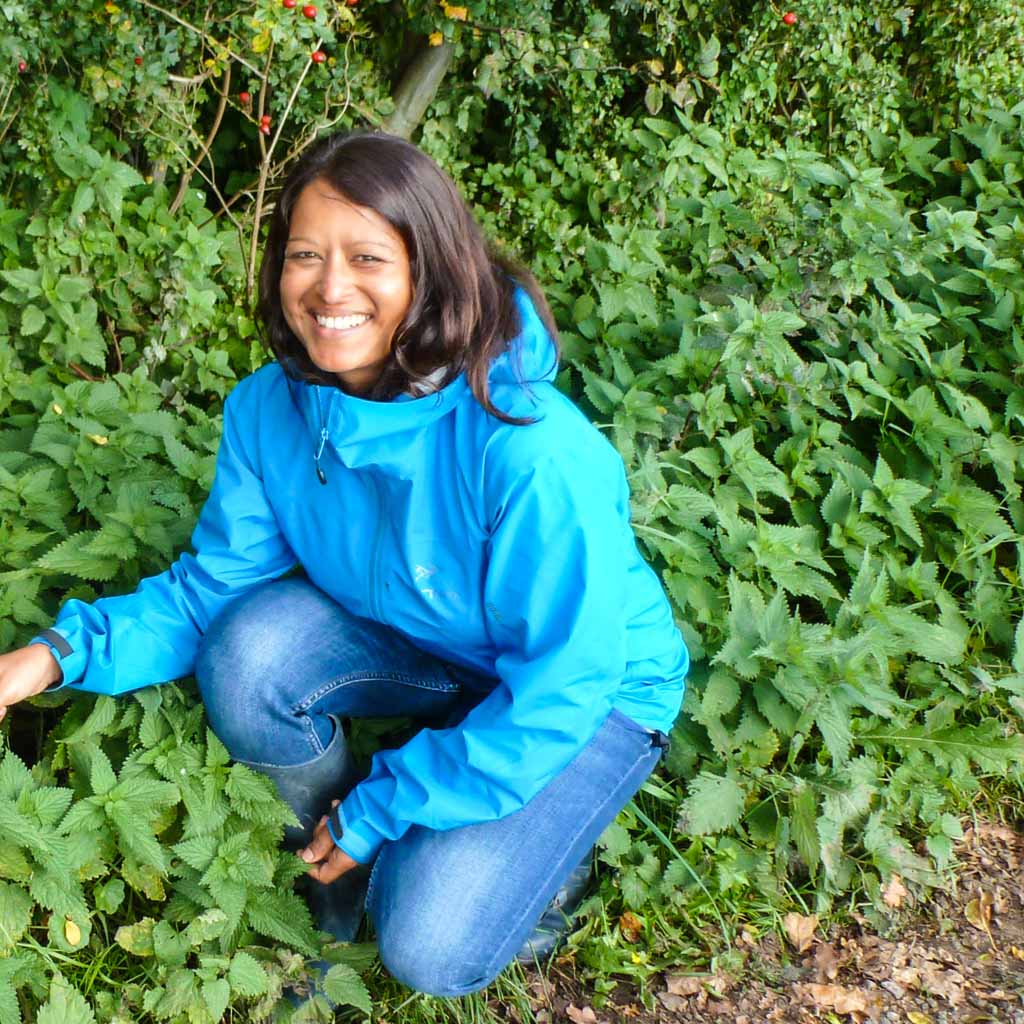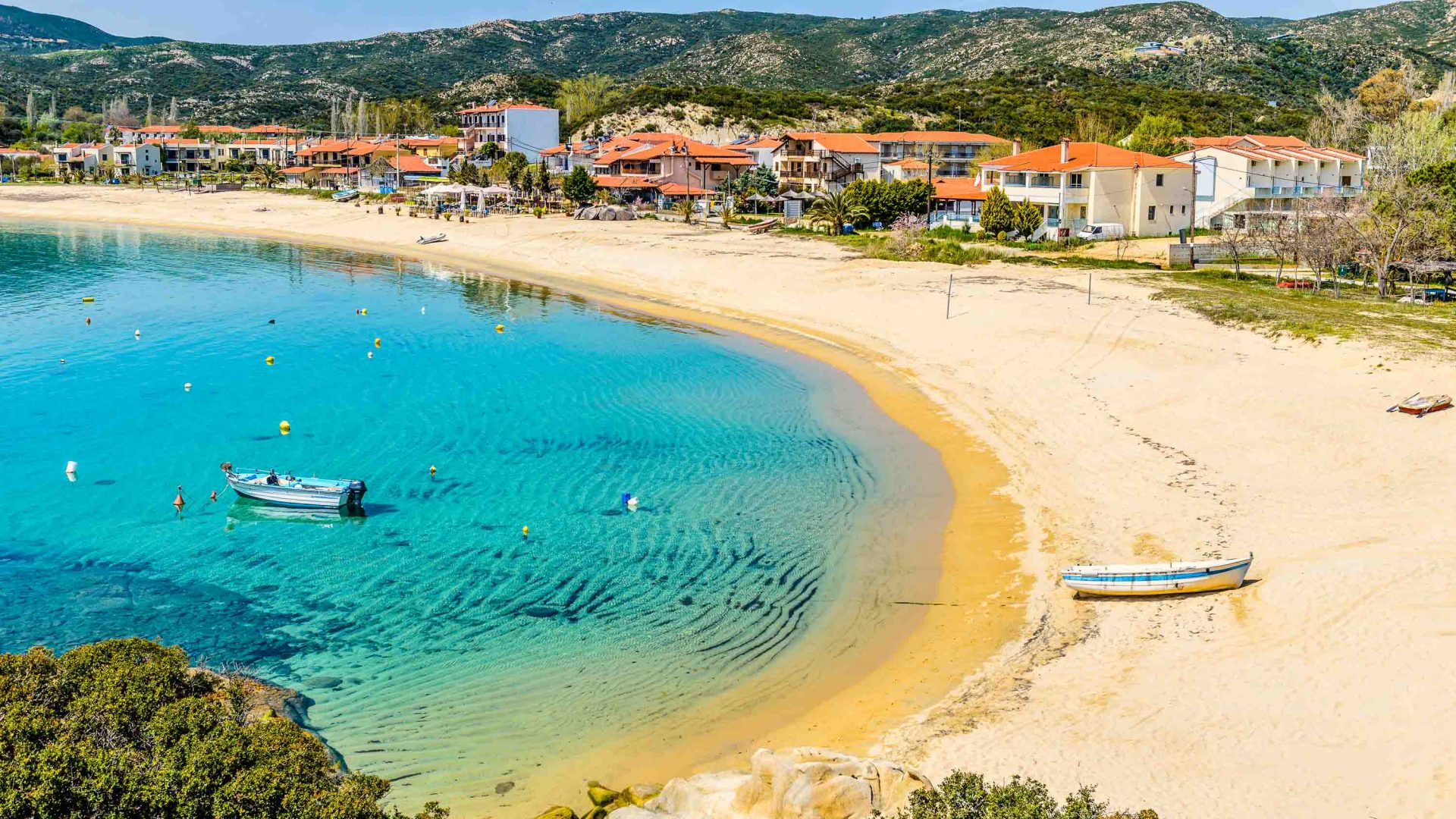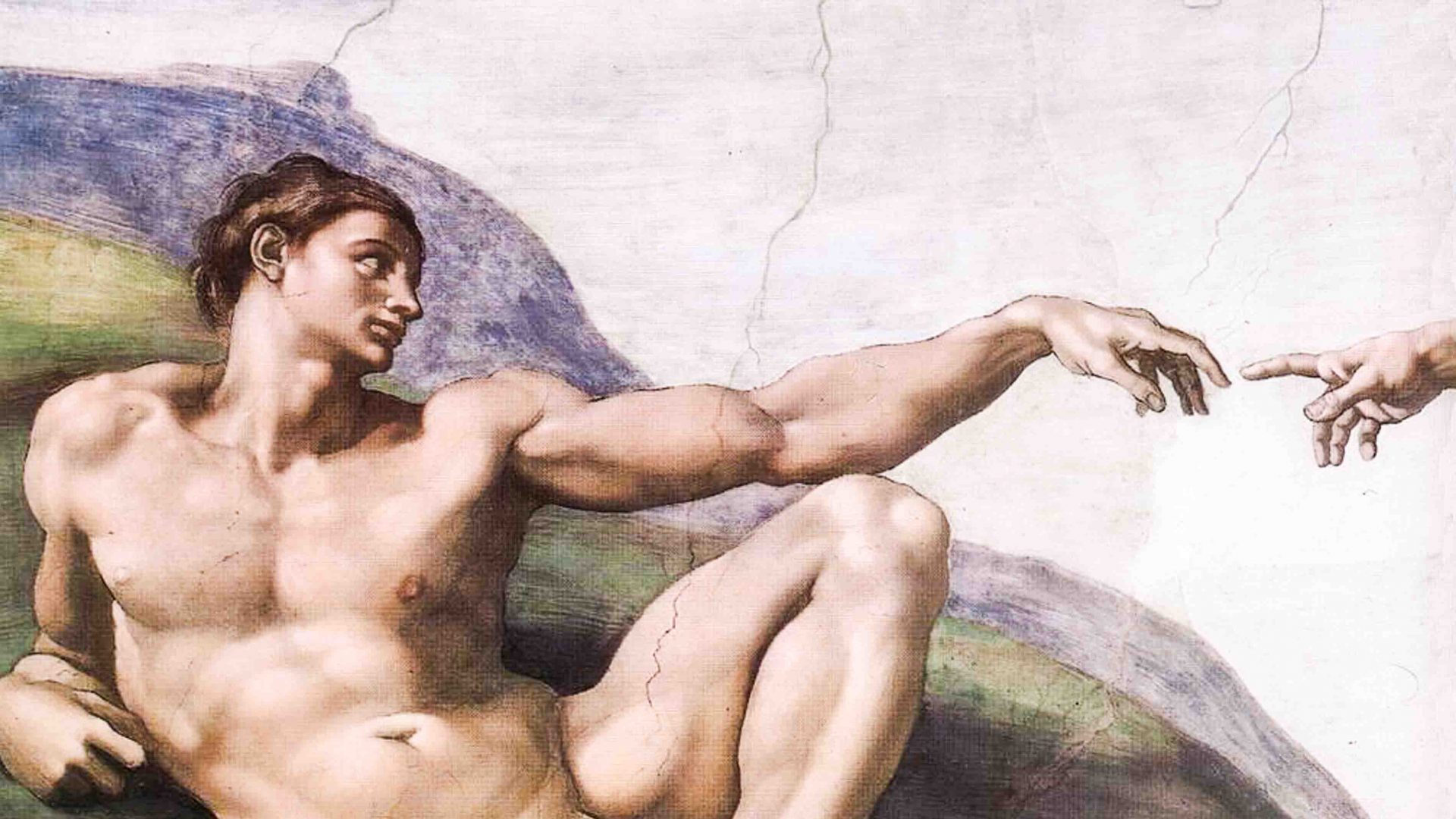Malta’s Valletta may be one of Europe’s smallest capitals, but it was named Europe’s Capital of Culture for 2018. So just how does this tiny town hope to compete with the Old Continent’s cultural heavyweights?
To a rousing chorus from an orange-cloaked choir and two black-clad soloists, 7,000 years of Maltese culture ripples, splashes, folds, sweeps and dazzles its way in glorious technicolor projections across the façade of one of Europe’s most spectacular Baroque cathedrals.
Welcome to Valletta, Malta’s unsung—until now—cultural brightspot.
It’s the launch of Valletta 2018, marking Malta’s tiny UNESCO World Heritage capital’s year as European Capital of Culture (together with Leeuwarden in the Netherlands). With over 140 projects and 400 events planned, there’s also been, as you’d expect, plenty of local criticism: “Where’s the high culture?”; “Very flashy, but not enough of the real Malta”; “Why is it not more cutting-edge?”
Malta may be small, and Valletta is the European Union’s smallest capital, but there’s plenty of culture, ancient and modern, high and popular, awaiting the visitor in 2018’s ‘year-long festa’—and indeed at any time. In fact, Malta has the highest density of historic sights of any country, and even without the 400+ special events, there’s always a full calendar: January’s Valletta Baroque Music Festival, October opera in Gozo (the second largest island in the Maltese archipelago), summer jazz, and Europe’s largest free outdoor pop concert, to name a few.
RELATED: Will London be the world’s first National Park City?
New accommodation in historic buildings along with new attractions are opening all the time. Launching the European Capital of Culture year, Malta’s Minister of Culture Owen Bonnici said, “Valletta 2018 is a success story before it has even started.” And he has a point. The accolade has provided impetus—and a valuable deadline—for major restoration and renovation not only in Valletta, but also in the old medieval capital Mdina, and in the Gozo citadel. All now glow in freshly-cleaned, repaired and conserved local limestone, splendidly creamy under the Mediterranean sun.
But Valletta is no living museum; it gets busier by the day. That’s in contrast to even five years ago when the city seemed to be asleep by about 7pm. Now, its many excellent restaurants, including the just-opened Is-Suq Tal-Belt food hall, are full, and the growing number of bars overflow into the early hours.
RELATED: Iceland without the crowds?
The main entrance to Valletta and the area around it at City Gate, is thoroughly 21st century, having been controversially but sympathetically remodeled by the architect of the London Shard, Renzo Piano. Just outside the gates, where a grubby bus station once stood, is now an expansive traffic-free limestone terrace, built just in time to be christened by the crowds at the opening of Valletta 2018.
